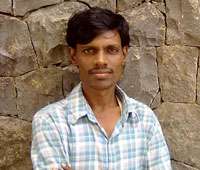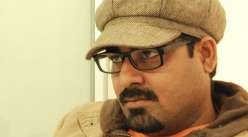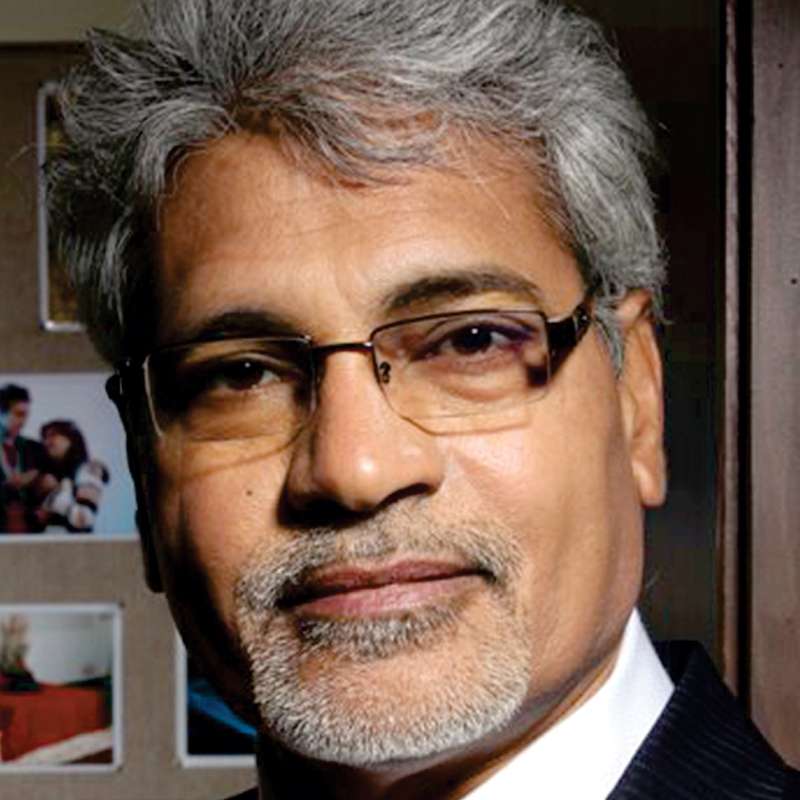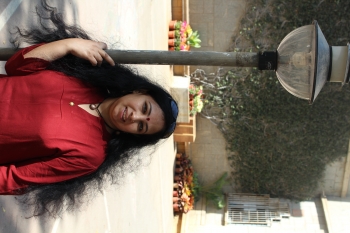A famous painter and writer, Emily Carr, expressed her view on Indian Art stating-
“Indian Art broadened my seeing, loosened the formal tightness I had learned in England’s schools. Its bigness and stark reality baffled my white man’s understanding…
I had been schooled to see outsides only, not struggle to pierce.”
It wouldn't be any wrong if I say India has always been the land of talent, be it an artist, a scientist, a literate or anybody else. The artistic competency of Indians has always wowed the people around the world. Undoubtedly, the country has an infinite number of talent resources and isn't any step behind in any field.
India is home to various traditions, and people from across the world has an immense love for Indian art and culture. Whether it is sculptures, paintings, or classical arts like Rangoli, people from every corner of the world have always praised and appreciated Indian arts.
Also Read: The true Interpretation of Shiva's Third Eye
In this blog, we will come across various forms of Indian folk arts that have been in existence for many years.
Indian Folk Art Forms that have Survived Ages
Ages have passed, and generations have changed, but Indian folk art never died. The country has a very distinct culture, and so, with every passing year, a diverse range of art forms have emerged. While some arts are still untouched by the modernization, some have received the touch of new shades and elements. Those with modern art and culture are known as contemporary art paintings. Whatever they may be, they are entirely different from each other and are unique in own way.
Earlier, people had to roam a lot for buying original arts. But, today, the situation has exclusively turned out. Now people buy paintings online without any difficulty.
Without stretching it anymore, let's get started-
Madhubani Paintings
Madhubani painting is India's most popular art-folk that has its origin in Madhubani district of Mithila region, Bihar. The painting is also popular with the name, Mithila Art. Women from different communities of India are known as the originator of this traditional art who used to practice the art on plastered mud walls and floors of huts. However, the paintings are, now, done on cloth, handmade papers, and canvas. Generally, the colour used in the painting is made up of the paste of powdered rice.
Madhubani painting received national recognition in the year 1975 when Sita Devi received the National award and Jagdamba Devi the Padma Shri award by the President of India.
Kalamkari
Kalamkari means drawing with a pen. Kalamkari is an amalgamation of two words: Kalam (pen) and Kari (craftsmanship). The painting is done with only natural dyes extracted from trees. Basically, there are two types of Kalamkari painting in India:
- Machlipatnam that originates from Machlipatnam, Andhra Pradesh and is a block-printed form of art.
- Srikalahasti that originates from Chittoor, Andhra Pradesh and is a freehand art made with a pen and fabric.
Nowadays, Kalamkari art is used to create beautiful sarees and ethnic wears. Generally, the art depicts deities from epics like Ramayana and Mahabharata.
Tanjore/Thanjavur
It's a classical South Indian paintings form that originated from the district Thanjavur situated in Tamil Nadu, in 1600 AD and the Nayakas of Thanjavur was the first to embrace the art. One of the specialities of Tanjore painting is that it has the gold coating which dazzles and offers the art a surreal look.
Also Read: How Contemporary Art influenced India?
Also known as panel paintings, Tanjore paintings are done on wooden planks and mostly serve the devotional epics such as Hindu gods, goddesses and saints. One can notice the influence of Deccani, Vijayanagar, Maratha, and European forms of painting in Thanjavur paintings.
Phad
Mostly practiced in Rajasthan, Phad is a religiously styled scroll and folk painting. The painting depicts the folk deities, Pabuji and Devnarayan, on a long piece of cloth or canvas. The Phad paintings are normally made on the canvas of lengths 15 to 30 feet long and are painted with vegetable colours.
Gond
The name was derived from the Dravidian expression Kond, which means the green mountain. The art is majorly practiced by one of India's largest tribal group Gond. Although the origin of Gond in Madhya Pradesh, its popularity can be witnessed in other states as well such as Andhra Pradesh, Maharashtra, Chhattisgarh, and Odisha.
Earlier, people used to make paintings on floors and walls, however, in modern times, paintings are crafted on canvas to last longer. In older times, natural colours extracted from cow dung, leaves, charcoal, and coloured soil were used to paint but, today, because of the scarcity of natural colours, artists use poster colours.
Miniature Paintings
Miniature means something very minute. Hence, as the name suggests, the painting is distinguished by its size and the intricate brushwork that set the painting unique from any other art forms. The colours used in the painting is generally obtained from vegetables, indigo, precious stones, gold, and silver.
Also Read: Why are Indian Paintings no more ignored at the global level
Miniature painting received its popularity during the Mughal rule. However, it was taken further by the Rajput and is now practiced by the various artists in the schools of Rajasthan.
Final words
The above-described folk arts are still in existence and can be found in different regions of India. If you are an art lover, then you can buy original online art available on popular websites.





















